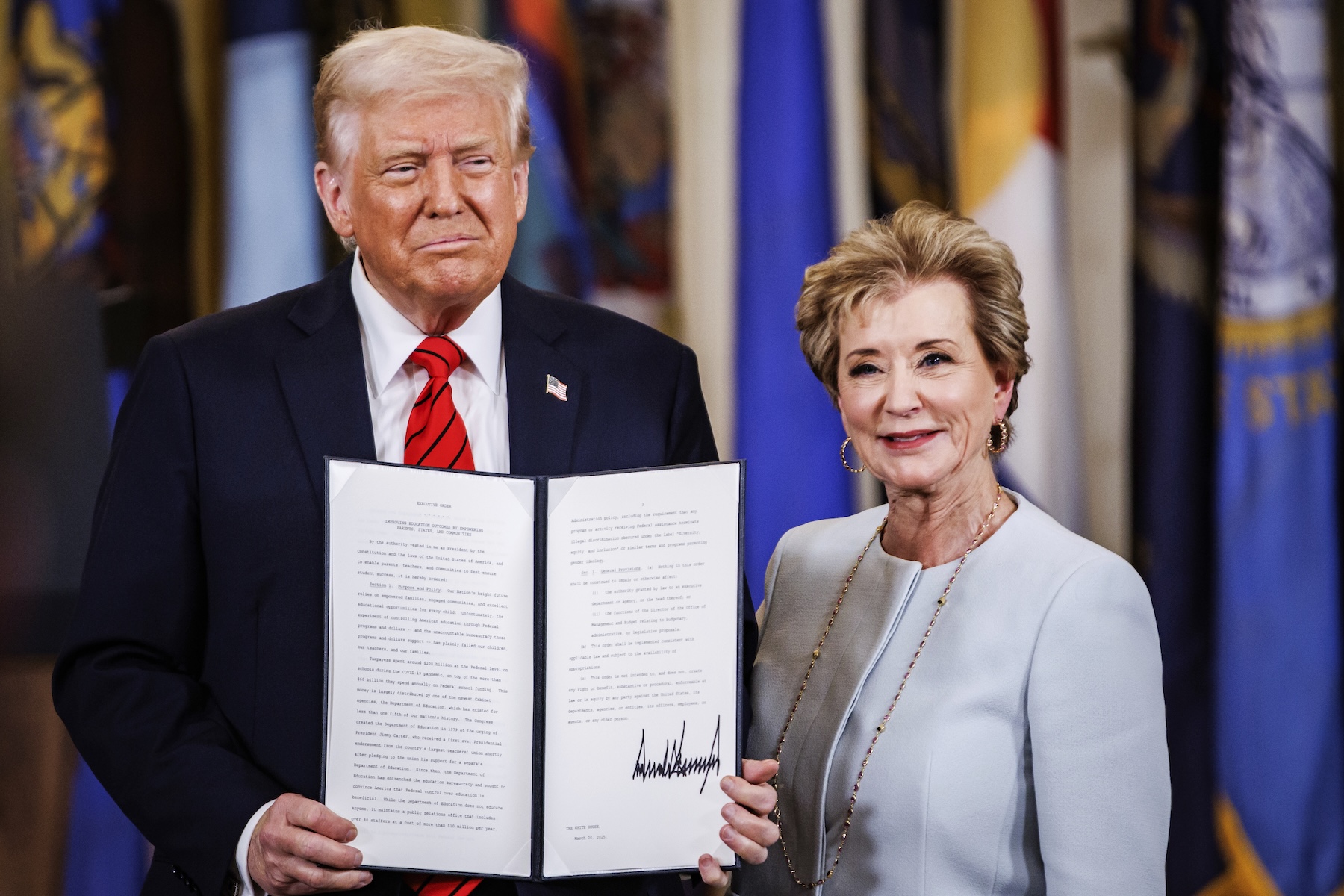What PSLF Borrowers Need To Know About Green Banners


For federal student loan borrowers pursuing Public Service Loan Forgiveness (PSLF), reaching 120 qualifying payments is a major milestone. But that milestone can be confusing, especially as the signs of progress come with unofficial labels that borrowers have come to rely on: green banners and golden letters.
It’s especially frustrating because loan forgiveness doesn’t happen automatically when you hit 120 payments. Instead, your loan servicer has a process that requires the Department of Education to validate everything, which can take weeks to months.
The green banner reads, “Congratulations, you’ve met your obligation for PSLF and no additional payments are required for this loan.” But the appearance of that banner does not automatically mean that loans have been forgiven. It signals eligibility, not discharge.
Only when you get your “golden letter”, the official discharge notice, are your loans officially forgiven.
The green banner on the Federal Student Aid website is an early confirmation that a borrower’s account reflects 120 qualifying payments.
This banner typically shows a “120/120” tracker and often appears after a borrower receives an email indicating that their PSLF tracking information has been updated. Some borrowers on Reddit have reported delays between receiving the email and seeing the banner appear, ranging from a few days to over a week.
Here’s an example of the green banner notification:
Still, the banner only confirms that the borrower is eligible to have their loan balance forgiven. It is not an official notice of discharge, and the balance will still appear on the borrower’s account until additional steps are completed.
Before you reach forgiveness, your PSLF tracker will normally look like this:
Once the Department of Education confirms eligibility, the loan servicer (MOHELA) will issue a letter that formally states the borrower’s loans are forgiven. Borrowers have dubbed this the “golden letter.”
It’s a three-step process:
Some confusion has emerged because borrowers may receive earlier notices that appear official but do not confirm that the balance has been reduced to zero. Until you get your final confirmation that your balance is zero, it’s not official yet. Remember our map of how the Department of Education and loan servicers work.
The first letter is a correspondence that says:
“Thank you for your public service. As of the date of this letter, we have determined you are eligible for Public Service Loan Forgiveness (PSLF) or Temporary Expanded PSLF (TEPSLF) on one or more of your loans.”
According to borrower reports, this letter typically arrives a few days to a few weeks after the green banner appears, though timelines vary. Some have waited months.
A week or so later, you’ll get the “golden letter”. The letter is officially called the “Forgiveness Eligibility Notification” and confirms that the full loan balance has been discharged under PSLF. Here’s an older example:
Until the golden letter arrives, loan balances and auto-debits remain active. However, given the balance is zero, this shouldn’t impact much.
You can also check your StudentAid accounts for the letter. It can be found by navigating -> My Activity -> PSLF -> PSLF Correspondence.
The green banner is an encouraging sign, but it should be considered a first step. Borrowers should continue checking their StudentAid.gov account and loan servicer dashboard for updates.
It’s important to retain copies of employment certifications, payment history, and all correspondence. While the process is improving, delays and issues still occur. Plus, you want to be able to justify everything should you need to prove it.
Finally, once you receive your golden letter, hold onto it forever. Make a scanned copy, save it online, and be careful with that record. It’s your proof you’re finally student loan debt free.
Don’t Miss These Other Stories:

Industrial flex space has become a quiet favorite among sophisticated investors seeking durable income backed by real business demand. If...

Getting an inheritance is the epitome of a mixed blessing. You receive a financial windfall, but the cause is the...

During his tenure as the California Secretary of Health and Human Services, Mike Wilkening cemented his reputation as a steady...